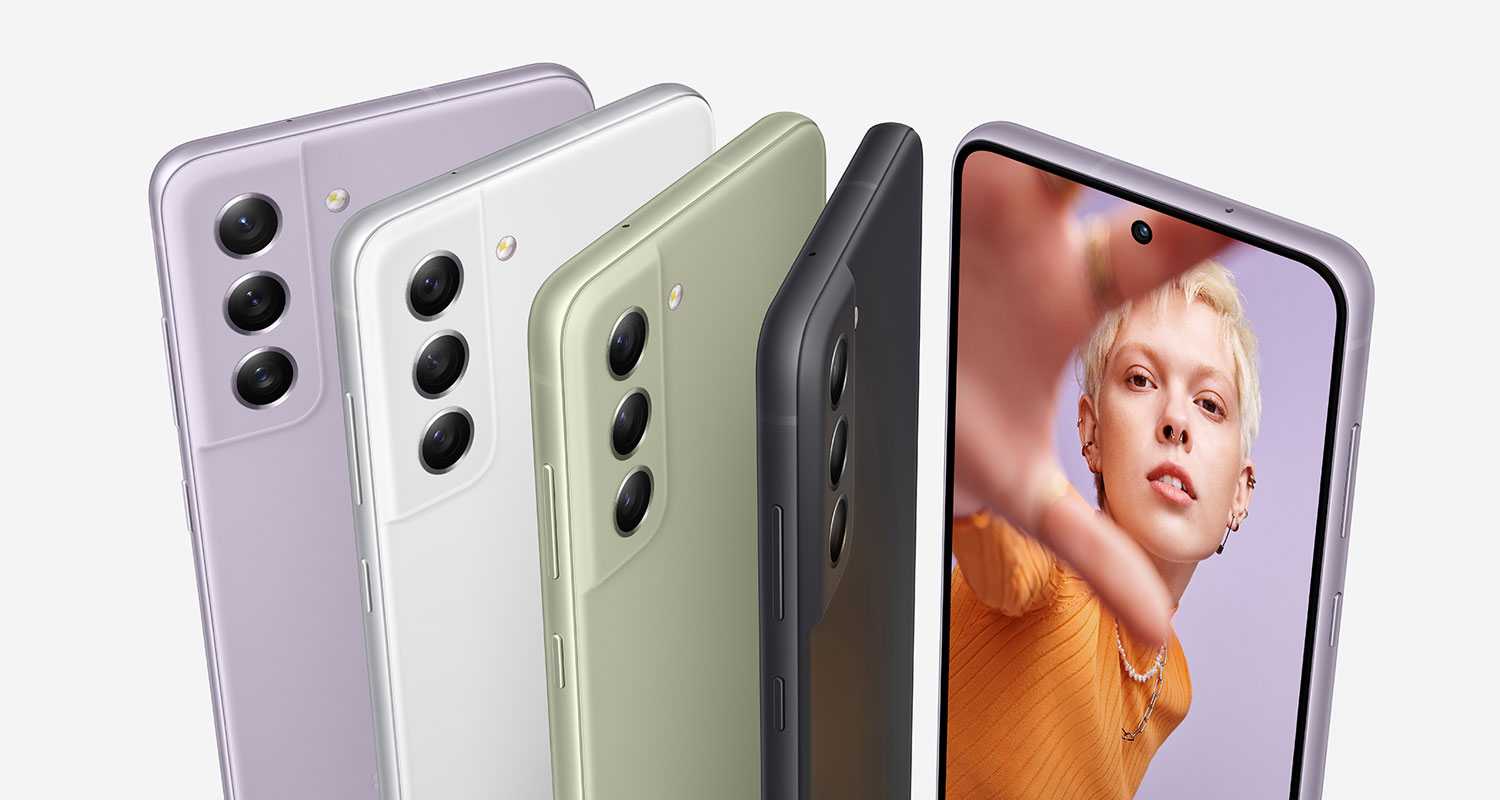 Smartphone shipments fell 11% in the first quarter, the worst drop since the coronavirus outbreak, after inflation fears, Russia’s invasion of Ukraine and the Omicron variant derailed an unsteady recovery for the sector.
Smartphone shipments fell 11% in the first quarter, the worst drop since the coronavirus outbreak, after inflation fears, Russia’s invasion of Ukraine and the Omicron variant derailed an unsteady recovery for the sector.
Samsung Electronics reclaimed the lead from Apple with a 24% share, according to Canalys market data, with Chinese vendors Xiaomi, Oppo and Vivo filling out the top five in roughly the same proportion as they did a year ago. The major slowdown was due in part to China’s pursuit of a “Covid Zero” policy that’s impacted both demand and supply in the world’s biggest smartphone market, with domestic manufacturers struggling to secure components for their entry-level devices, the researchers found.
“Markets saw a spike in Covid-19 cases due to the Omicron variant,” said Canalys Vice President Nicole Peng. “Vendors face major uncertainty due to the Russia-Ukraine war, China’s rolling lockdowns and the threat of inflation. All this added to traditionally slow seasonal demand.”
China’s quarterly production of semiconductors shrank for the first time since early 2019 as consumer electronics demand softened and Covid-triggered lockdowns in regions including Shanghai disrupted output, official figures showed this week.
Component shortages may improve sooner than expected, however, and provide cost relief to manufacturers, Peng said.
Global smartphone demand is likely to be curbed by an inflationary environment, according to Bloomberg Intelligence analyst Woo Jin Ho, who expects 2022 sales of roughly US$527-billion, little changed from last year and 4% below IDC’s target. — (c) 2022 Bloomberg LP




